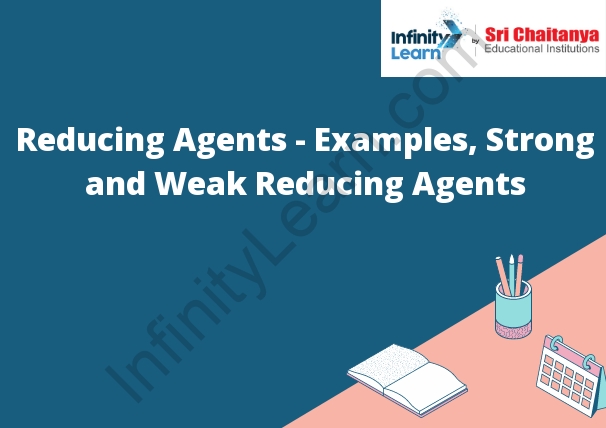Table of Contents
What is a Reducing Agent?
In chemistry, a reducing agent is a reactant that causes another reactant to lose electrons. In doing so, the reducing agent is oxidized. The reducing agent is also called a reductant.

What is Oxidation and Reduction?
Oxidation is the process of losing electrons, while reduction is the process of gaining electrons. In chemistry, oxidation and reduction always occur together. When one substance is oxidized, another is reduced.
Examples of Oxidation and Reduction –
- Oxidation is the process of losing electrons, while reduction is the process of gaining electrons. In general, oxidation occurs when something is destroyed, such as when a metal corrodes. Reduction, on the other hand, occurs when something is created, such as when a chemical reaction produces a new substance.
- One example of oxidation is the rusting of metal. When metal rusts, it corrodes and loses electrons. This process is caused by the presence of oxygen, which reacts with the metal to form rust. Another example of oxidation is the burning of fuel. When fuel is burned, it reacts with oxygen in the air to produce heat and light.
- One example of reduction is the formation of water. When water is formed, hydrogen gas is reduced to water. This process occurs when hydrogen gas is combined with oxygen in the presence of a catalyst. Another example of reduction is the production of ammonia. When ammonia is produced, nitrogen gas is reduced to ammonia. This process occurs when nitrogen gas is combined with hydrogen gas in the presence of a catalyst.
What is a Reducing Agent?
A reducing agent is a molecule that donates electrons to another molecule. This electron donation allows the other molecule to become more stable by removing a negative charge.
Examples of Reducing Agents
Some reducing agents include:
- hydrogen
- carbon
- manganese
- nickel
- iron
- copper
- zinc
- aluminum
- silver
- gold
Examples of Reducing Agents in Action
When a metal is placed in a solution of sulfuric acid, the metal will corrode and release electrons. These electrons will then combine with hydrogen ions in the solution to form hydrogen gas.
2H+ (aq) + 2e- → H 2 (g)
The same process happens when a metal is placed in a solution of nitric acid, except in this case nitrogen dioxide is formed.
2H+ (aq) + 2e- → H 2 (g)
4NO 2 (aq) + 6H+ (aq) + 8e- → 4NH 3 (g) + 3O 2 (g)
Characteristics of reducing Agent
A reducing agent is a molecule or ion that donates electrons to another molecule or ion.
Reducing Agents in Redox Reactions
- When two molecules interact, they may exchange electrons. This process is called a redox reaction. In a redox reaction, one molecule (the reductant) donates electrons to another molecule (the oxidant). The oxidant then uses the electrons to form a new molecule.
- Reducing agents are molecules that donate electrons in redox reactions. They are also called electron donors. The most common reducing agents are metals, such as aluminum, magnesium, and zinc. In a redox reaction, the reducing agent is always reduced, while the oxidant is always oxidized.
Strong and Weak Reducing Agents
- Strong reducing agents are able to completely reduce a molecule, while weak reducing agents are only able to partially reduce a molecule.
- In chemistry, a reducing agent is a molecule that donates electrons to another molecule. This electron donation causes the second molecule to become more electronegative, and the electron donor is said to have reduced the second molecule. A strong reducing agent is a molecule that donates electrons very easily, while a weak reducing agent is a molecule that donates electrons less easily.
- Some common strong reducing agents include lithium aluminum hydride (LiAlH4) and sodium borohydride (NaBH4). These molecules are able to donate electrons to other molecules very easily, and they are often used in chemical reactions to reduce other molecules. Some common weak reducing agents include ethanol and water. These molecules are able to donate electrons less easily, and they are often used in chemical reactions to reduce other molecules.








